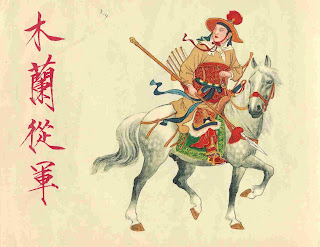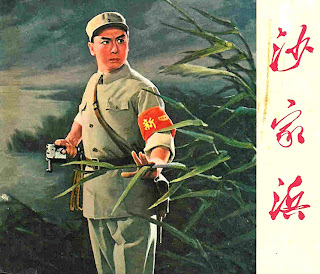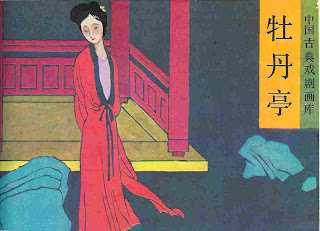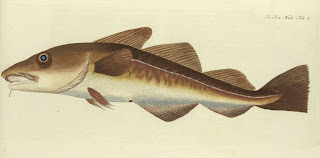




The Botanical Magazine Volumes 1-20 (1790-1804). Link…
A collection of things I find that interest me.





Abolition of a Few Pagan Practicesand
7. Making a kind of canopy in the palace after the burial is not permitted; neither is it permitted for women wearing high hats and red balls to sing the lego-lego there.
Similarly, it is not allowed for any woman to accompany the dead body to the graveyard; neither is it allowed to make a bier in the house.
"The unfavorable profile of the Alfurus in the well-known magazine article is definitely exaggerated and it is completely untrue to say that they do not understand the mutual relationships of consanguinity or marriage. On the contrary, they usually have only one wife, obtained in the normal Polynesian manner of paying a certain dowry; quarrels which lead to murder and manslaughter are caused by the weaker sex, since otherwise they lead a quiet life, submit to their headmen, pay their dues regularly and do not cause the government any trouble. The Moslems do indulge in opium and the Alfurus in sagwire*, but gambling is restricted to the Rajah and the headmen—strangely enough, their favorite game is vingt-et-un." [my bold emphasis]




















